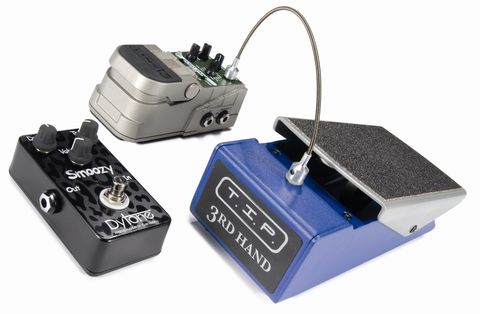

- DYNAM SMOOZE HOW TO
- DYNAM SMOOZE INSTALL
DYNAM SMOOZE HOW TO
To learn more about how to load balance to a private IPv6 address, see the Load balance IPv6 addresses article.
The ability to load balance one IPv6 address assigned to a network interface. To learn more about how to load balance multiple IPv4 configurations, see the Load balancing multiple IP configurations article. In the past, only the primary IPv4 address for the primary network interface could be added to a back-end pool. The ability to add any of the private IPv4 addresses for any of the network interfaces to an Azure Load Balancer back-end pool. A virtual machine serving as a network virtual appliance, such as a firewall or load balancer. Hosting multiple websites or services with different IP addresses and TLS/SSL certificates on a single server. Assigning multiple IPv4 addresses to a network interface is helpful in scenarios such as: May also have a public IPv4 or IPv6 address assigned to it. 
To learn more about how many private and public IPv4 addresses can be assigned to a network interface, see the Azure limits article. If the address is IPv4, the network interface may have multiple secondary IP configurations assigned to it. If the address is IPv6, the network interface can only have one secondary IP configuration. Must have a private IPv4 or IPv6 address assigned to it.In addition to a primary IP configuration, a network interface may have zero or more secondary IP configurations assigned to it. If you are running the Azure CLI locally, you also need to run az login to create a connection with Azure.
DYNAM SMOOZE INSTALL
If you need to install or upgrade, see Install Azure CLI. Run az -version to find the installed version. This tutorial requires the Azure CLI version 2.0.31 or later.
If using Azure Command-line interface (CLI) commands to complete tasks in this article, either run the commands in the Azure Cloud Shell, or by running the CLI from your computer. If you are running PowerShell locally, you also need to run Connect-AzAccount to create a connection with Azure. If you need to upgrade, see Install Azure PowerShell module. Run Get-Module -ListAvailable Az to find the installed version. This tutorial requires the Azure PowerShell module version 1.0.0 or later. It has common Azure tools preinstalled and configured to use with your account. The Azure Cloud Shell is a free interactive shell that you can use to run the steps in this article. If using PowerShell commands to complete tasks in this article, either run the commands in the Azure Cloud Shell, or by running PowerShell from your computer. If using the portal, open, and log in with your Azure account. If you don't already have an Azure account, sign up for a free trial account. Complete the following tasks before completing steps in any section of this article:






 0 kommentar(er)
0 kommentar(er)
